































Madad-Tayf (Madad-Spectrum), 2022.
Photo © Tadzio
Madad-Tayf (Madad-Spectrum), 2022.
Photo © Tadzio
Madad-Tayf (Madad-Spectrum), 2022.
Photo © Tadzio
Madad-Tayf (Madad-Spectrum), 2022.
Photo © Tadzio
Madad-Tayf (Madad-Spectrum), 2022.
Photo © Tadzio
Madad-Tayf (Madad-Spectrum), 2022.
Photo © Tadzio
Madad-Tayf (Madad-Spectrum), 2022.
Photo © Tadzio
Madad-Tayf (Madad-Spectrum), 2022.
Photo © Tadzio
Madad-Tayf (Madad-Spectrum), 2022.
Photo © Tadzio
Madad-Tayf (Madad-Spectrum), 2022.
Photo © Tadzio
Madad-Tayf (Madad-Spectrum), 2022 and Manzil-Maqâm (House-Level), 2021.
Photo © Tadzio
Madad-Tayf (Madad-Spectrum), 2022 and Manzil-Maqâm (House-Level), 2021.
Photo © Tadzio
Madad-Tayf (Madad-Spectrum), 2022 ; Manzil-Maqâm (House-Level), 2021 and Manzil-Hawd / Manzil-Jabal (House-Basin / House-Moutain), 2022.
Photo © Tadzio
Madad-Tayf (Madad-Spectrum), 2022 ; Manzil-Maqâm (House-Level), 2021 and Manzil-Hawd / Manzil-Jabal (House-Basin / House-Moutain), 2022.
Photo © Tadzio
Madad-Tayf (Madad-Spectrum), 2022.
Photo © Tadzio
Madad-Tayf (Madad-Spectrum), 2022.
Photo © Tadzio
Madad-Tayf (Madad-Spectrum), 2022 ; Manzil-Maqâm (House-Level), 2021 and Manzil-Hawd / Manzil-Jabal (House-Basin / House-Moutain), 2022.
Photo © Tadzio
Madad-Tayf (Madad-Spectrum), 2022 ; Manzil-Maqâm (House-Level), 2021 and Manzil-Hawd / Manzil-Jabal (House-Basin / House-Moutain), 2022.
Photo © Tadzio
Manzil-Maqâm (House-Level), 2021.
Photo © Tadzio
Manzil-Maqâm (House-Level), 2021.
Photo © Tadzio
Manzil-Maqâm (House-Level), 2021 and Manzil-Hawd / Manzil-Jabal (House-Basin / House-Moutain), 2022.
Photo © Tadzio
Manzil-Maqâm (House-Level), 2021 and Manzil-Hawd / Manzil-Jabal (House-Basin / House-Moutain), 2022.
Photo © Tadzio
Manzil-Hawd / Manzil-Jabal (House-Basin / House-Moutain), 2022.
Photo © Tadzio
Manzil-Hawd / Manzil-Jabal (House-Basin / House-Moutain), 2022.
Photo © Tadzio
Manzil-Hawd / Manzil-Jabal (House-Basin / House-Moutain), 2022.
Photo © Tadzio
Manzil-Hawd / Manzil-Jabal (House-Basin / House-Moutain), 2022.
Photo © Tadzio
Manzil-Hawd / Manzil-Jabal (House-Basin / House-Moutain), 2022.
Photo © Tadzio
Manzil-Hawd / Manzil-Jabal (House-Basin / House-Moutain), 2022.
Photo © Tadzio
Manzil-Hawd / Manzil-Jabal (House-Basin / House-Moutain), 2022.
Photo © Tadzio
Manzil-Hawd / Manzil-Jabal (House-Basin / House-Moutain), 2022.
Photo © Tadzio
Manzil-Hawd / Manzil-Jabal (House-Basin / House-Moutain), 2022.
Photo © Tadzio
Manzil-Hawd / Manzil-Jabal (House-Basin / House-Moutain), 2022.
Photo © Tadzio
Risa-Sof-Dahab (Cloak-Wool-Gold), 2022.
Photo © Tadzio
Risa-Sof-Dahab (Cloak-Wool-Gold), 2022.
Photo © Tadzio
Risa-Sof-Dahab (Cloak-Wool-Gold), 2022.
Photo © Tadzio
Risa-Sof-Dahab (Cloak-Wool-Gold), 2022.
Photo © Tadzio
Manzil-Fatîl (House-Flame), 2022 and Hajar-Dahab (Stone-Gold), 2022.
Photo © Tadzio
Manzil-Fatîl (House-Flame), 2022 and Hajar-Dahab (Stone-Gold), 2022.
Photo © Tadzio
Manzil-Fatîl (House-Flame), 2022.
Photo © Tadzio
Manzil-Fatîl (House-Flame), 2022.
Photo © Tadzio
Manzil-Fatîl (House-Flame), 2022.
Photo © Tadzio
Manzil-Fatîl (House-Flame), 2022.
Photo © Tadzio
Hajar-Dahab (Stone-Gold), 2022.
Photo © Tadzio
Hajar-Dahab (Stone-Gold), 2022.
Photo © Tadzio
Hajar-Dahab (Stone-Gold), 2022.
Photo © Tadzio
Hajar-Dahab (Stone-Gold), 2022.
Photo © Tadzio
Tayf-Lawn (Spectrum-Color), 2022 and Manzil Min Nôr (House made of light), 2021.
Photo © Tadzio
Tayf-Lawn (Spectrum-Color), 2022 and Manzil Min Nôr (House made of light), 2021.
Photo © Tadzio
Manzil Min Nôr (House made of light), 2021.
Photo © Tadzio
Manzil Min Nôr (House made of light), 2021.
Photo © Tadzio
Tayf-Lawn (Spectrum-Color), 2022.
Photo © Tadzio
Tayf-Lawn (Spectrum-Color), 2022.
Photo © Tadzio
Journal of the exhibition.
Photo © Tadzio
Journal of the exhibition.
Photo © Tadzio
Nôr-Manzil-Nôr (Light-House-Light), 2022.
Photo © Tadzio
Nôr-Manzil-Nôr (Light-House-Light), 2022.
Photo © Tadzio
Nôr-Manzil-Nôr (Light-House-Light), 2022.
Photo © Tadzio
Nôr-Manzil-Nôr (Light-House-Light), 2022.
Photo © Tadzio
Nôr-Manzil-Nôr (Light-House-Light), 2022.
Photo © Tadzio
Nôr-Manzil-Nôr (Light-House-Light), 2022.
Photo © Tadzio
Nôr-Manzil-Nôr (Light-House-Light), 2022.
Photo © Tadzio
Nôr-Manzil-Nôr (Light-House-Light), 2022.
Photo © Tadzio
Nôr-Manzil-Nôr (Light-House-Light), 2022.
Photo © Tadzio
Nôr-Manzil-Nôr (Light-House-Light), 2022.
Photo © Tadzio
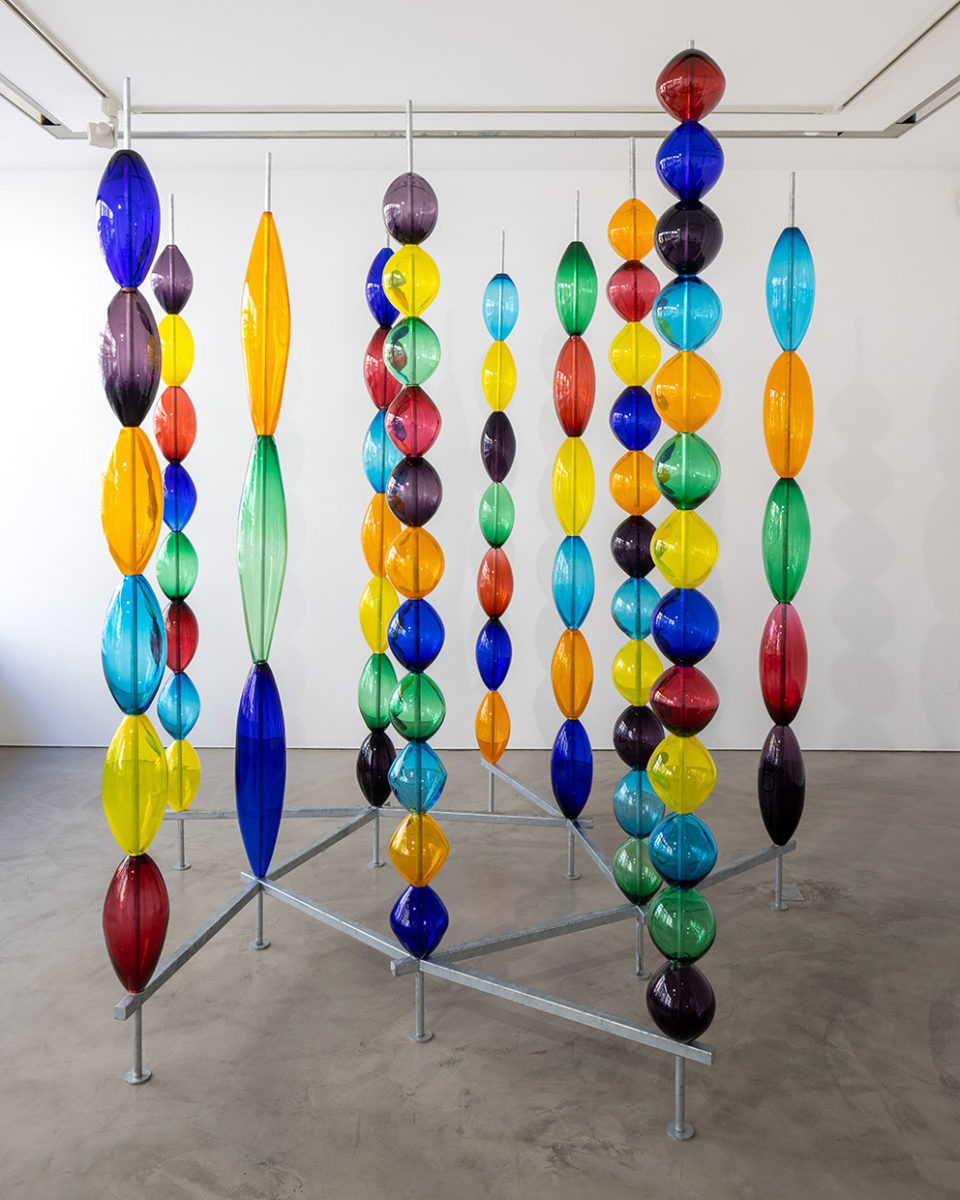
Madad-Tayf (Madad-Spectrum), 2022.
Photo © Tadzio
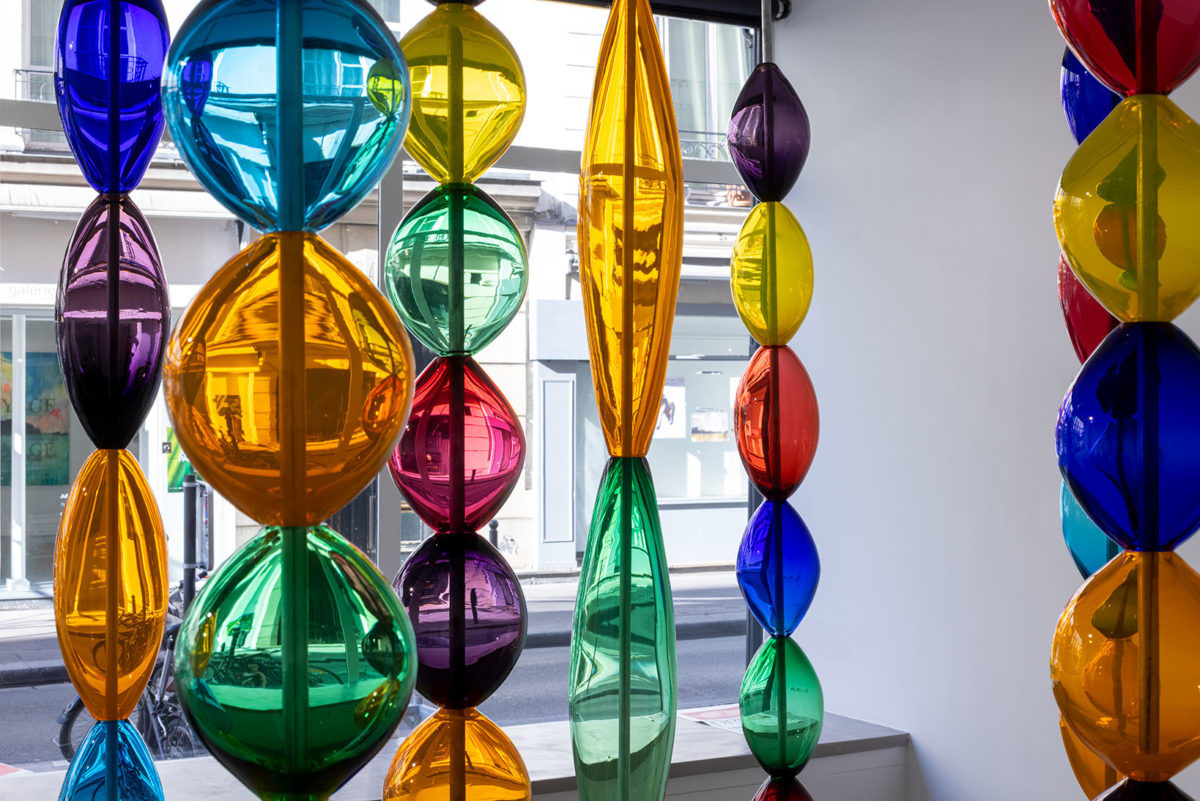
Madad-Tayf (Madad-Spectrum), 2022.
Photo © Tadzio
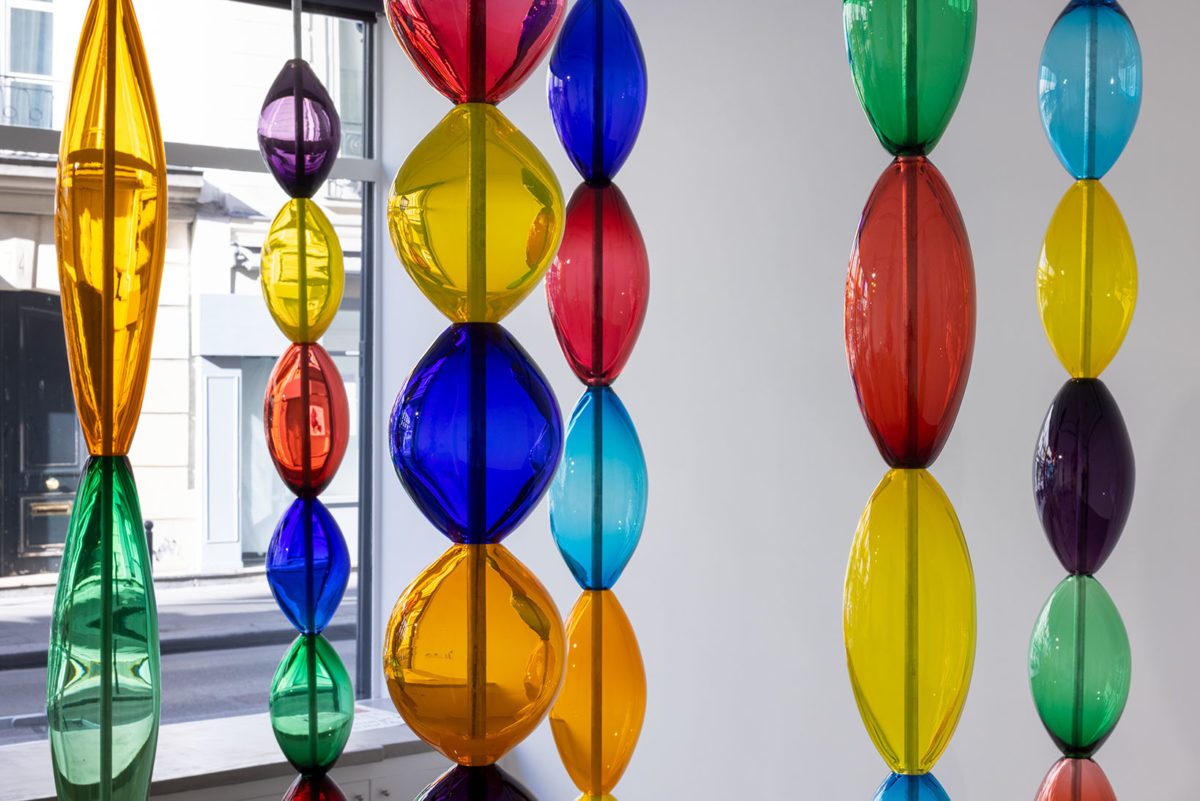
Madad-Tayf (Madad-Spectrum), 2022.
Photo © Tadzio
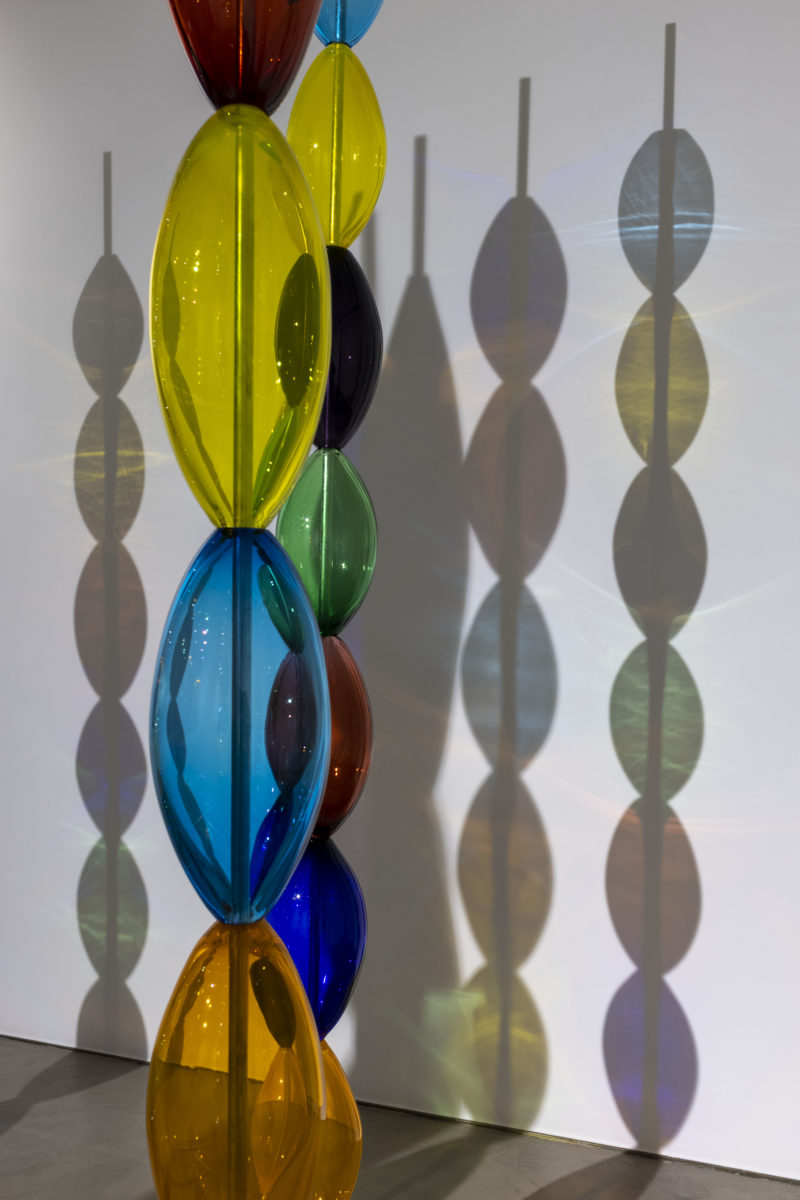
Madad-Tayf (Madad-Spectrum), 2022.
Photo © Tadzio
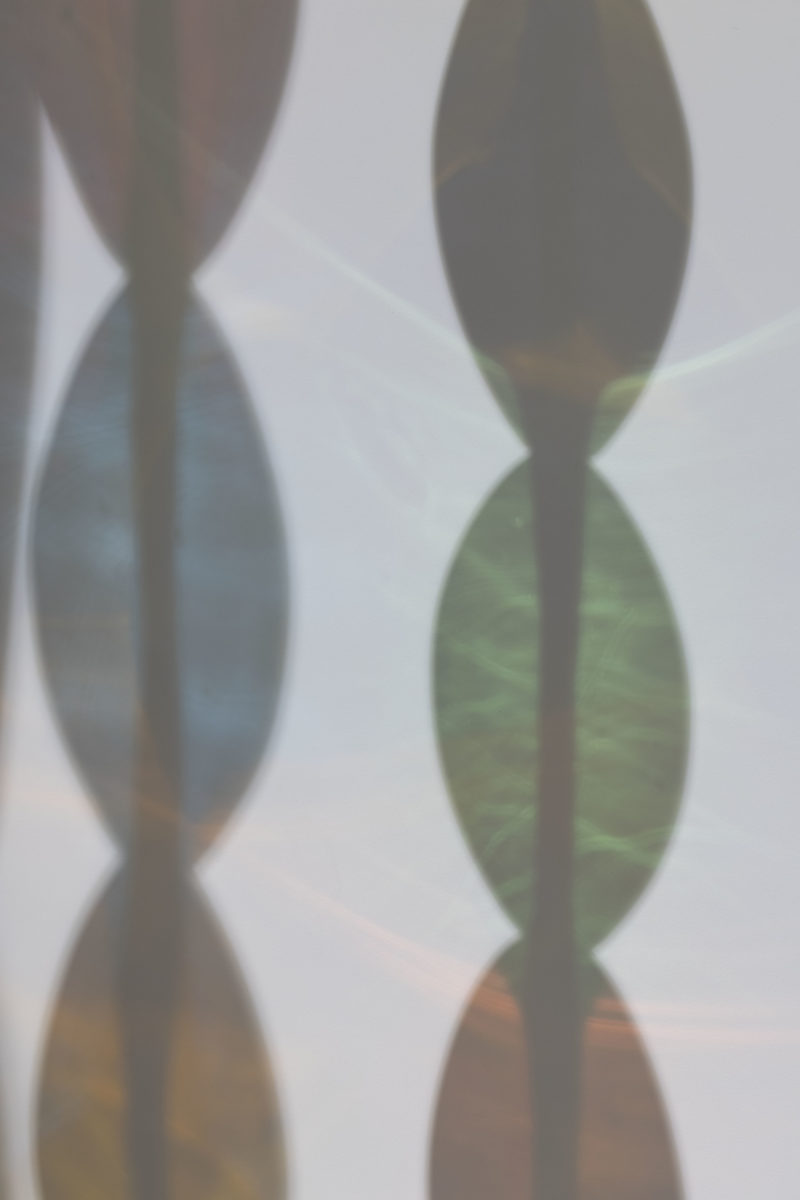
Madad-Tayf (Madad-Spectrum), 2022.
Photo © Tadzio
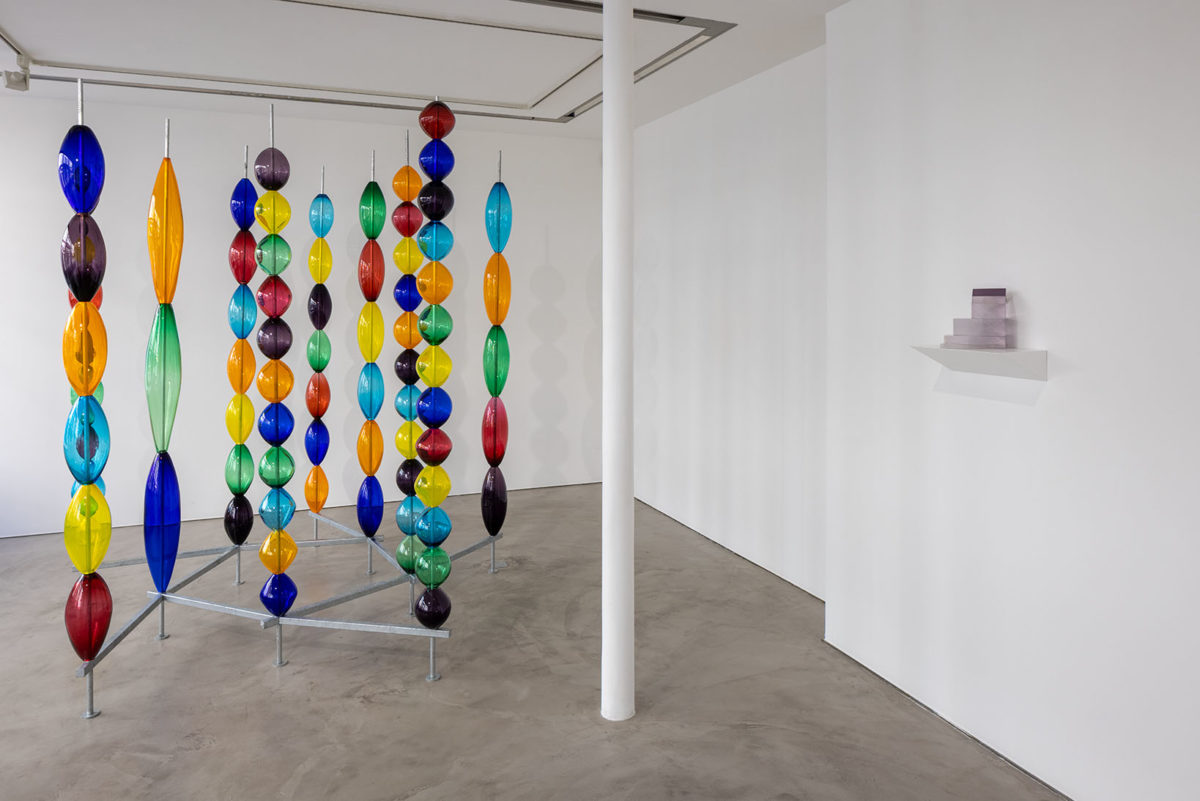
Madad-Tayf (Madad-Spectrum), 2022 and Manzil-Maqâm (House-Level), 2021.
Photo © Tadzio
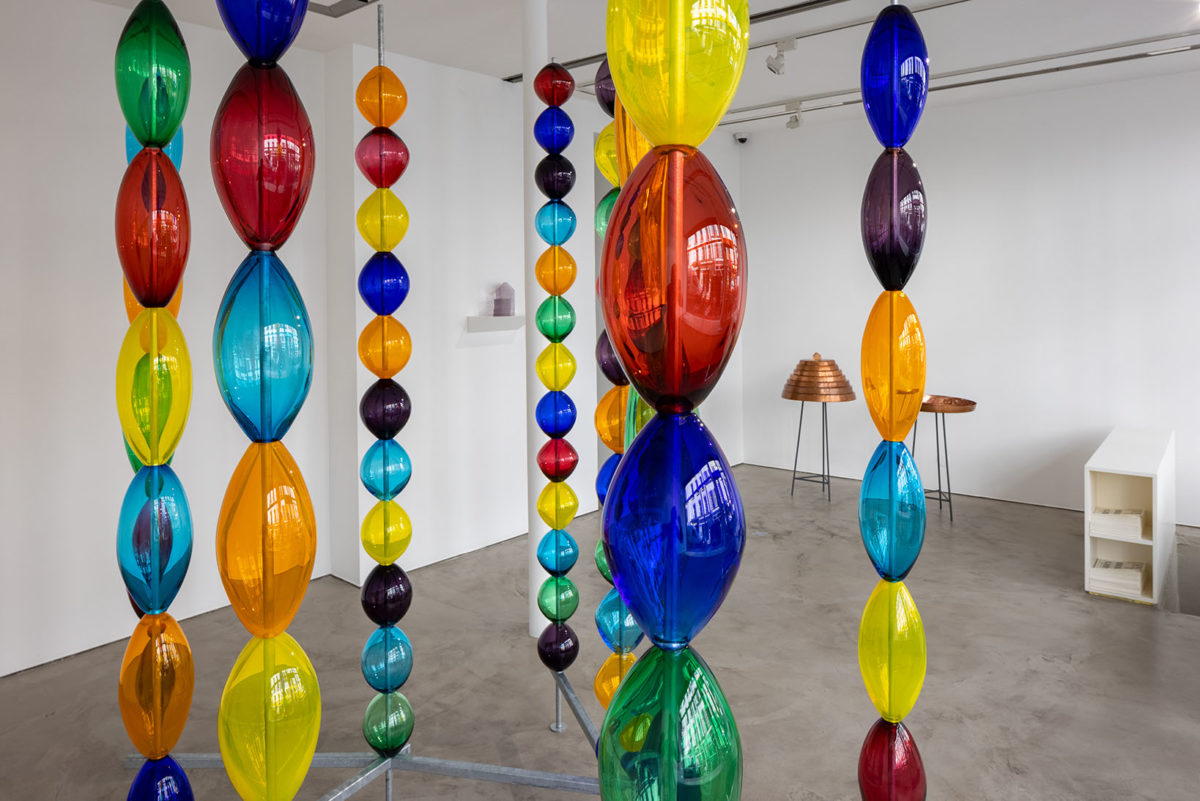
Madad-Tayf (Madad-Spectrum), 2022 ; Manzil-Maqâm (House-Level), 2021 and Manzil-Hawd / Manzil-Jabal (House-Basin / House-Moutain), 2022.
Photo © Tadzio
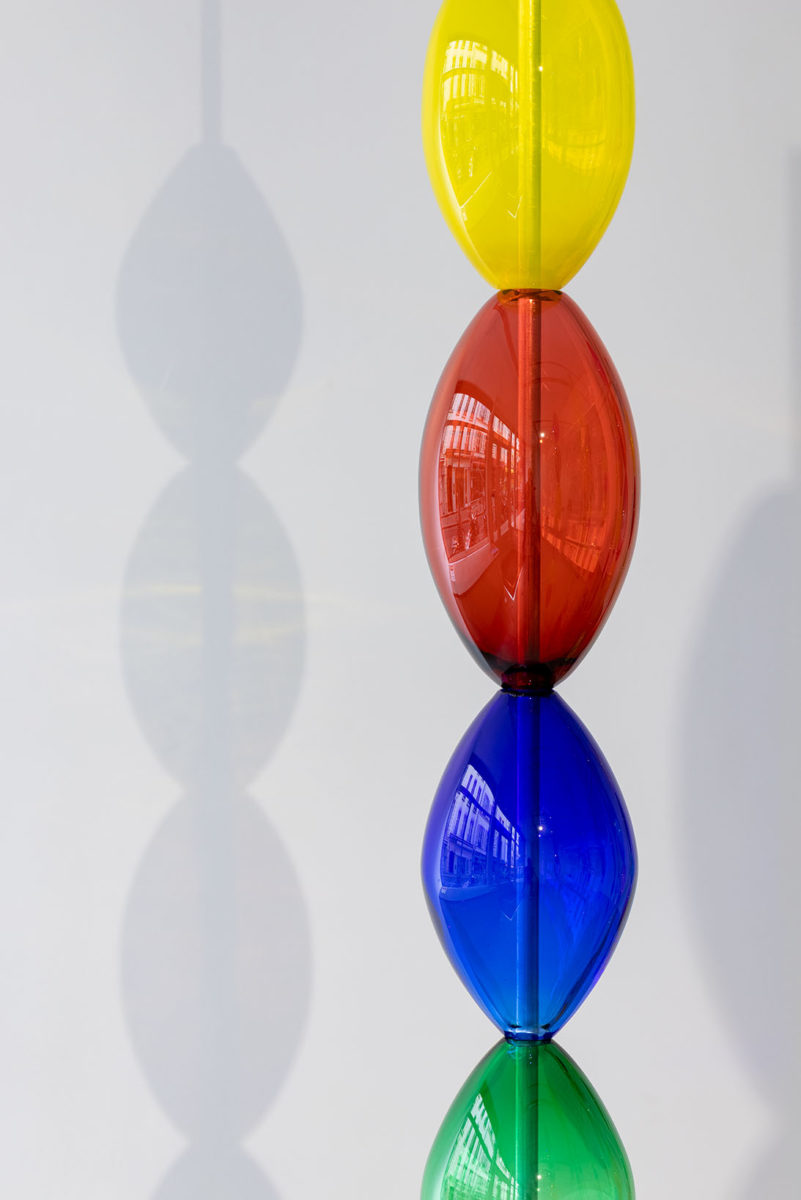
Madad-Tayf (Madad-Spectrum), 2022.
Photo © Tadzio
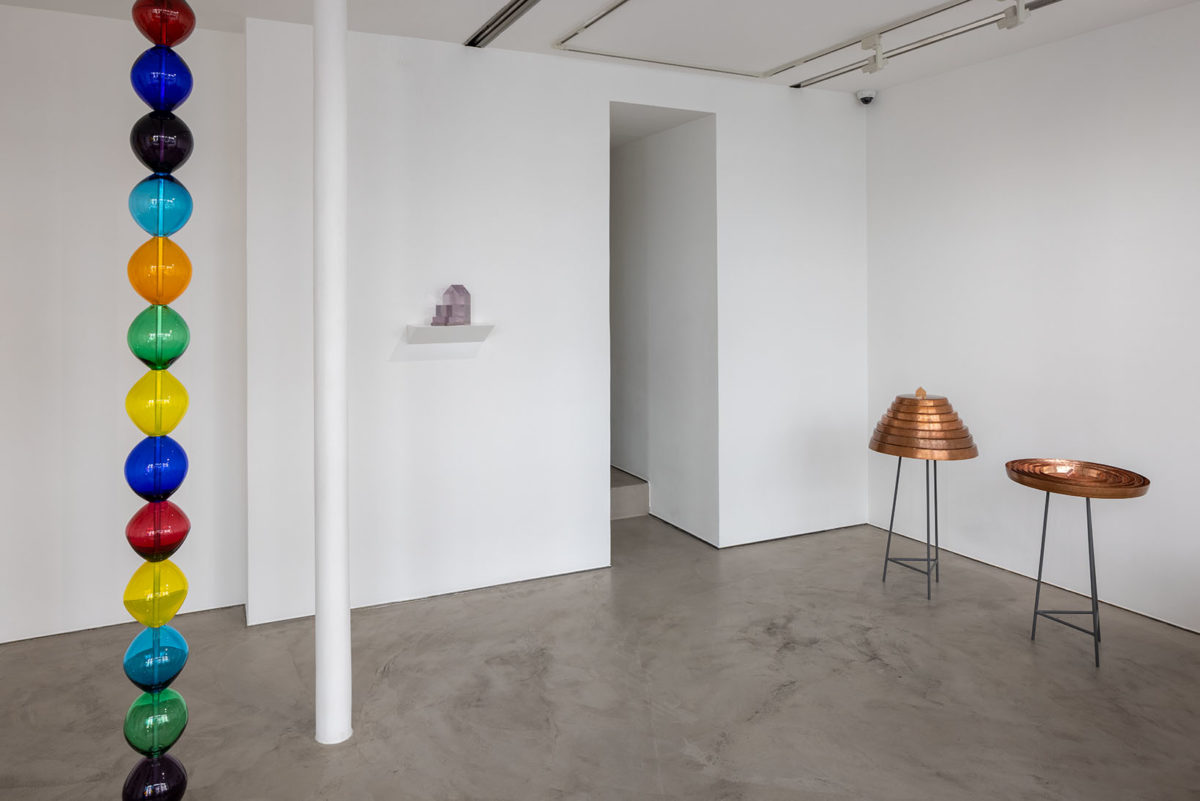
Madad-Tayf (Madad-Spectrum), 2022 ; Manzil-Maqâm (House-Level), 2021 and Manzil-Hawd / Manzil-Jabal (House-Basin / House-Moutain), 2022.
Photo © Tadzio
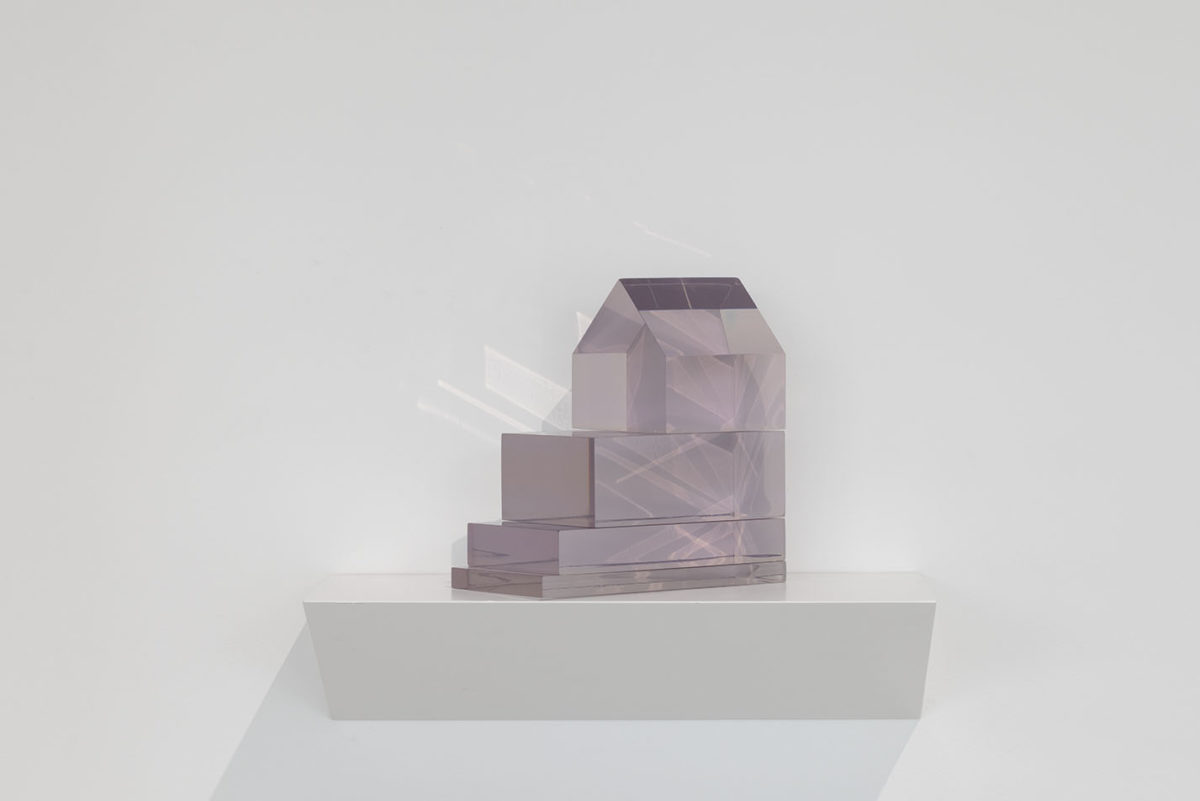
Manzil-Maqâm (House-Level), 2021.
Photo © Tadzio
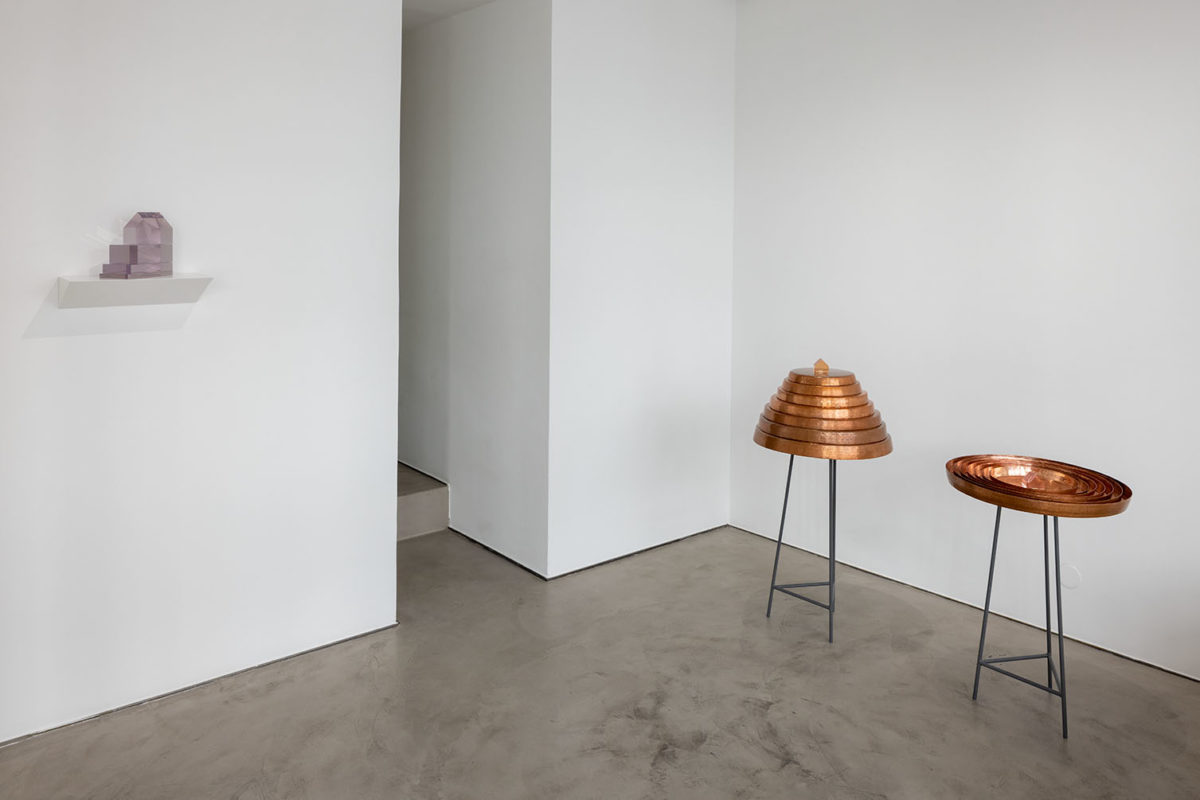
Manzil-Maqâm (House-Level), 2021 and Manzil-Hawd / Manzil-Jabal (House-Basin / House-Moutain), 2022.
Photo © Tadzio
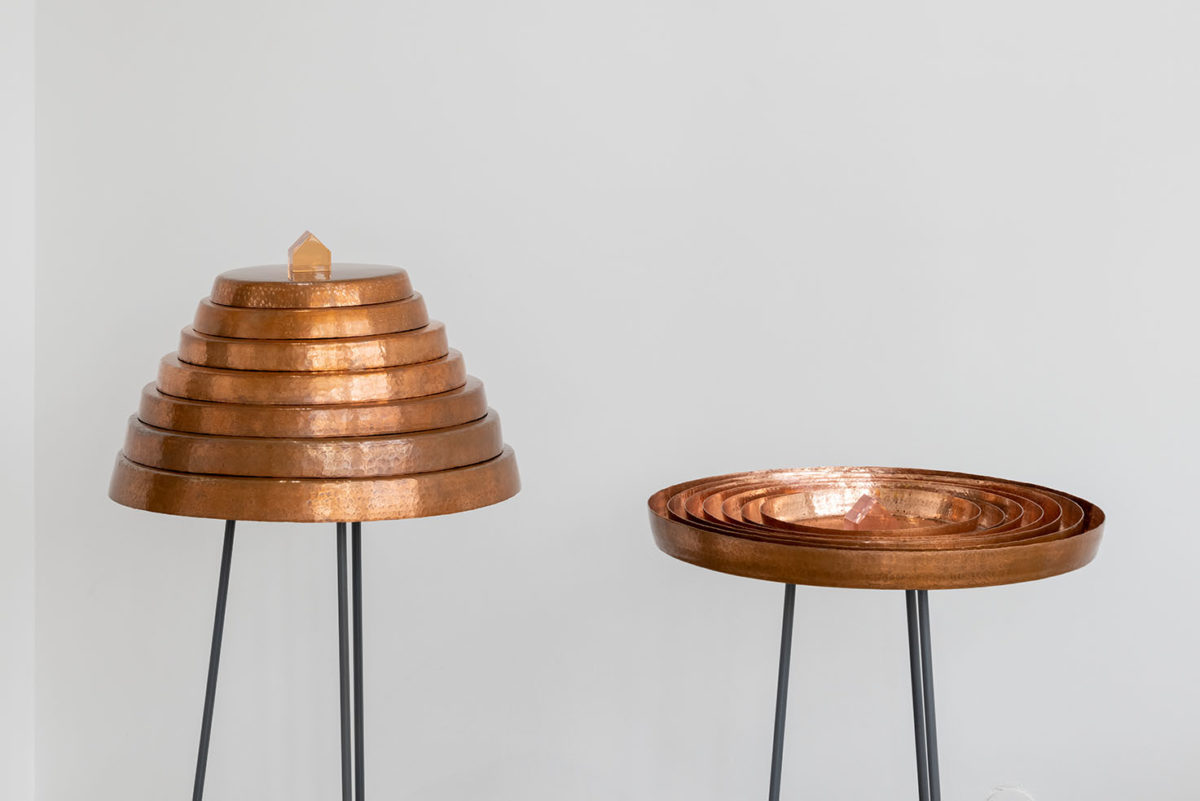
Manzil-Hawd / Manzil-Jabal (House-Basin / House-Moutain), 2022.
Photo © Tadzio

Manzil-Hawd / Manzil-Jabal (House-Basin / House-Moutain), 2022.
Photo © Tadzio
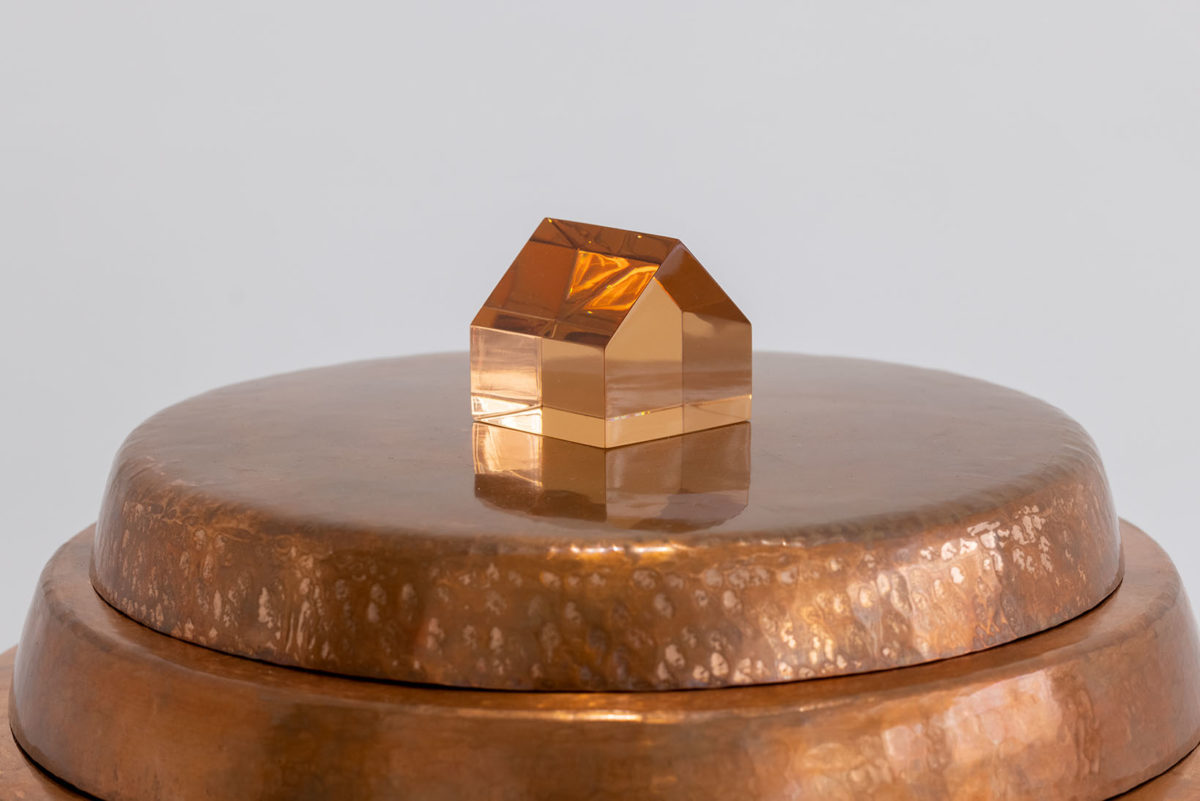
Manzil-Hawd / Manzil-Jabal (House-Basin / House-Moutain), 2022.
Photo © Tadzio
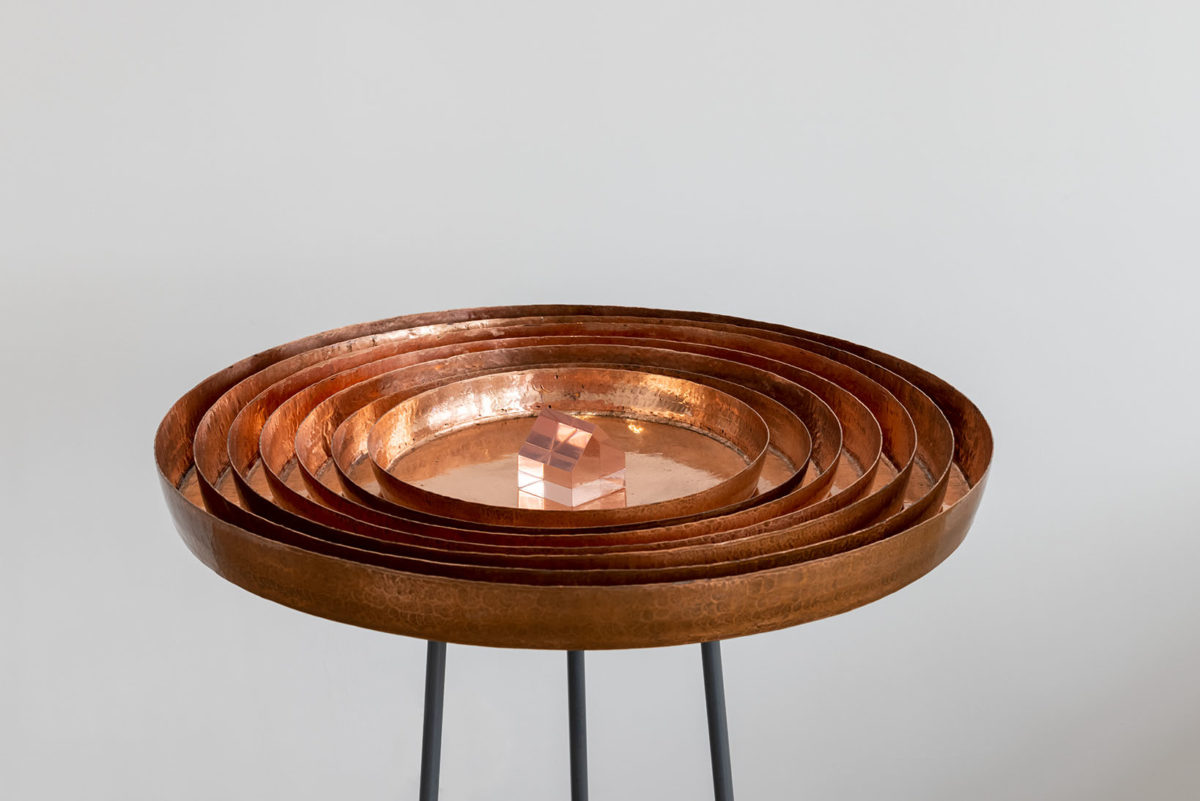
Manzil-Hawd / Manzil-Jabal (House-Basin / House-Moutain), 2022.
Photo © Tadzio
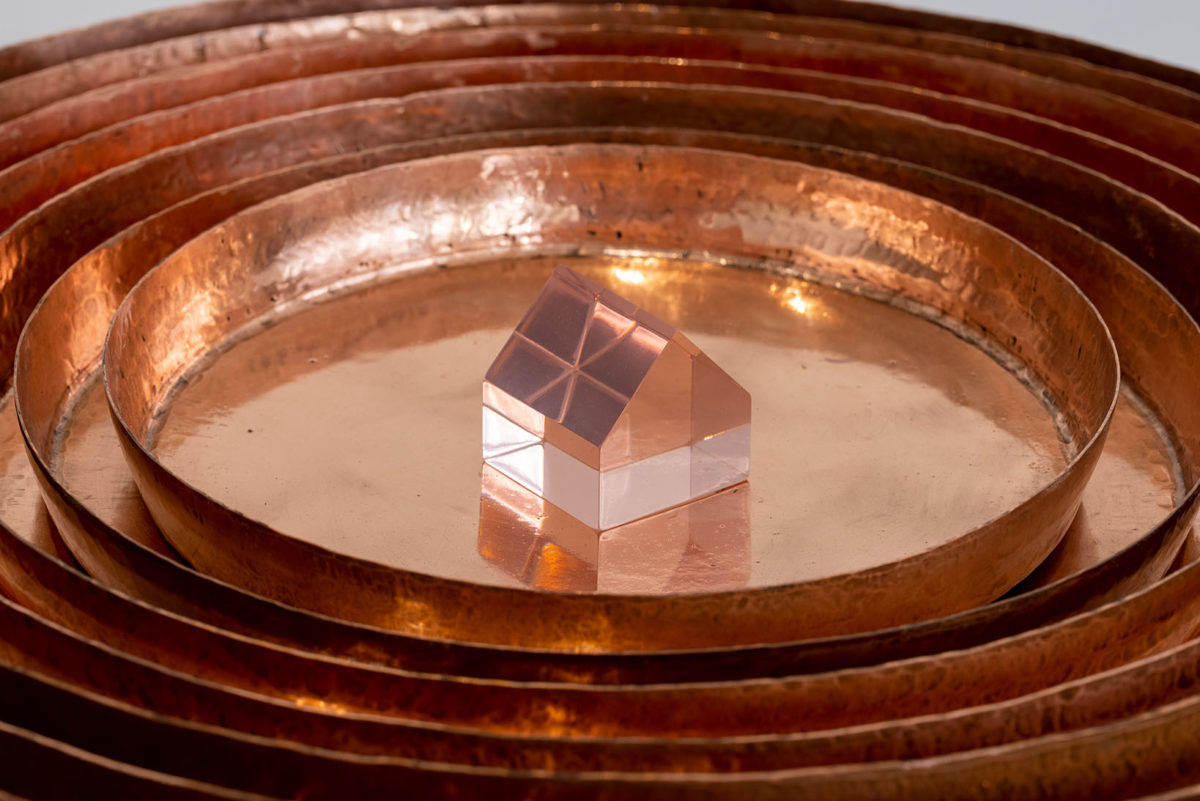
Manzil-Hawd / Manzil-Jabal (House-Basin / House-Moutain), 2022.
Photo © Tadzio
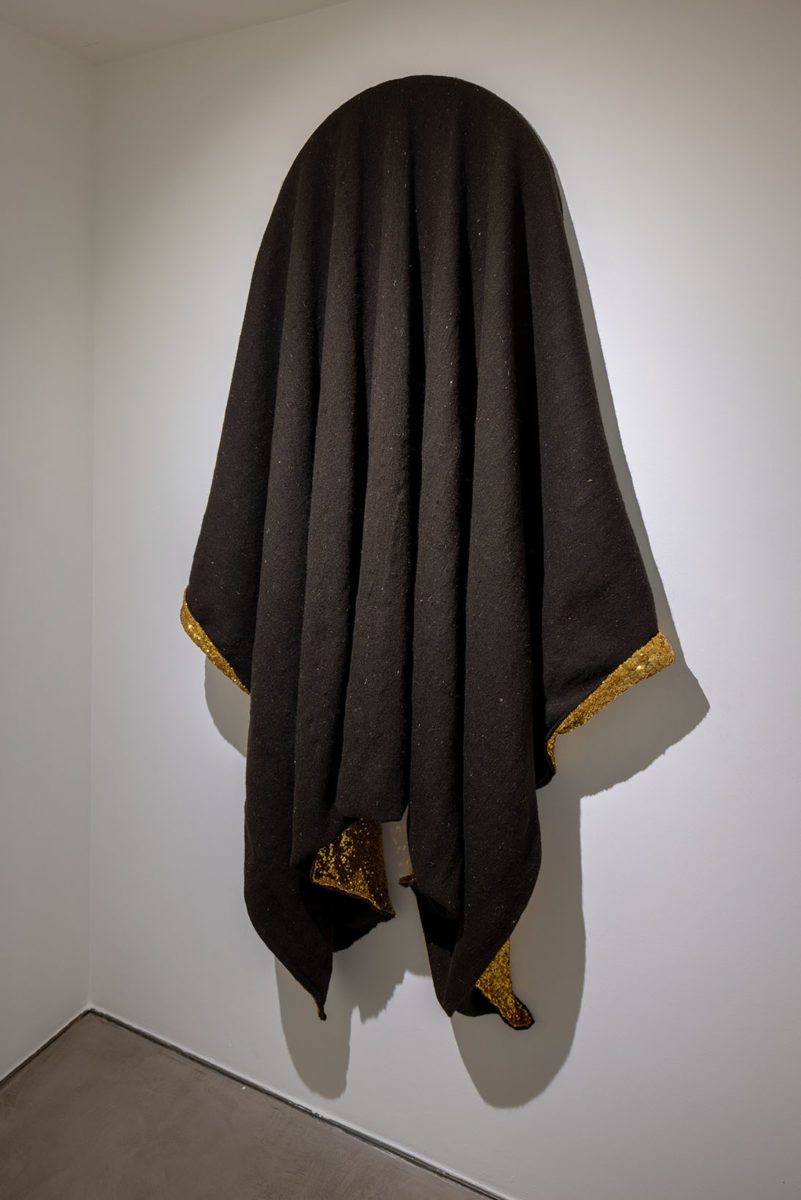
Risa-Sof-Dahab (Cloak-Wool-Gold), 2022.
Photo © Tadzio
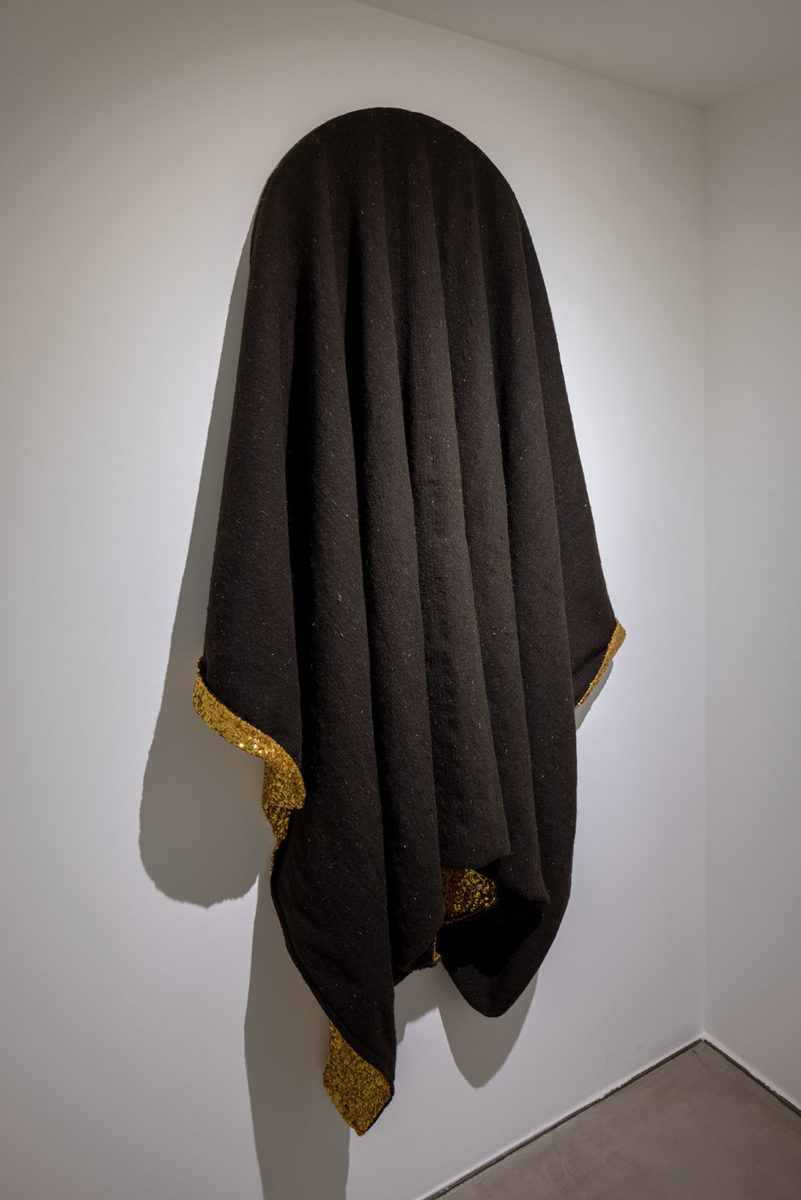
Risa-Sof-Dahab (Cloak-Wool-Gold), 2022.
Photo © Tadzio
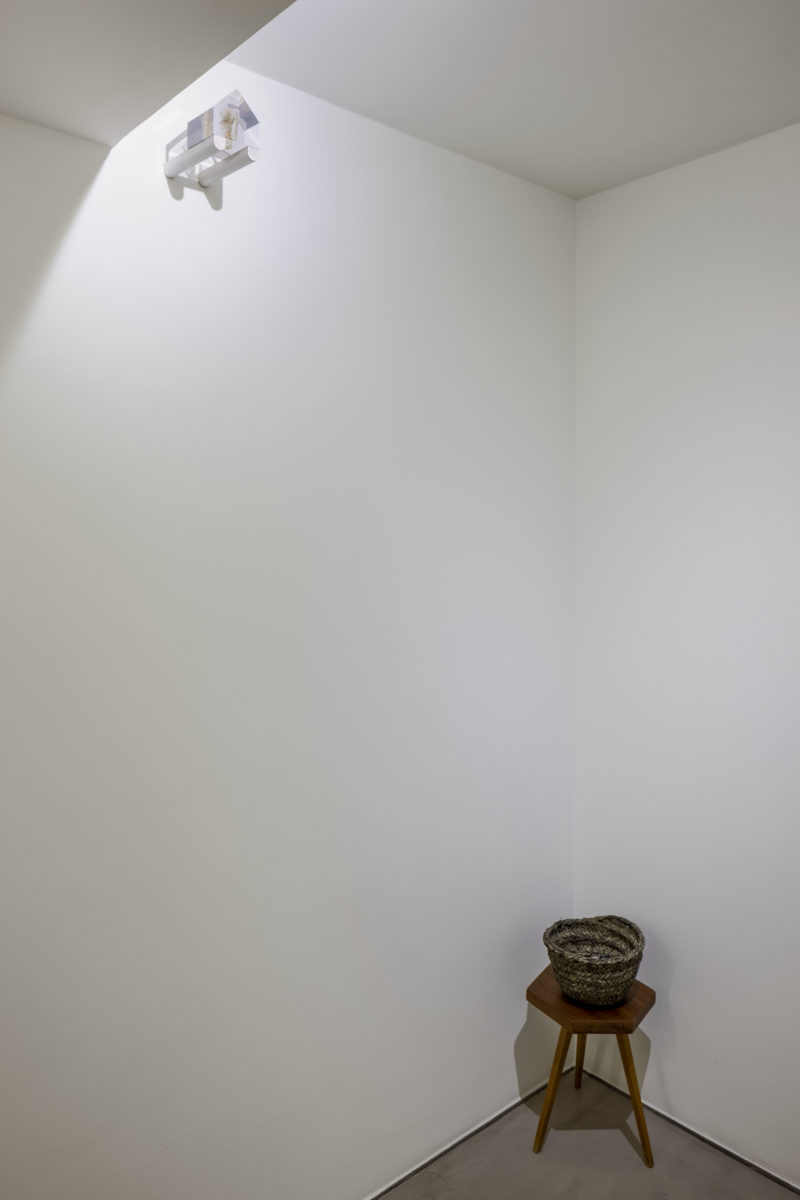
Manzil-Fatîl (House-Flame), 2022 and Hajar-Dahab (Stone-Gold), 2022.
Photo © Tadzio
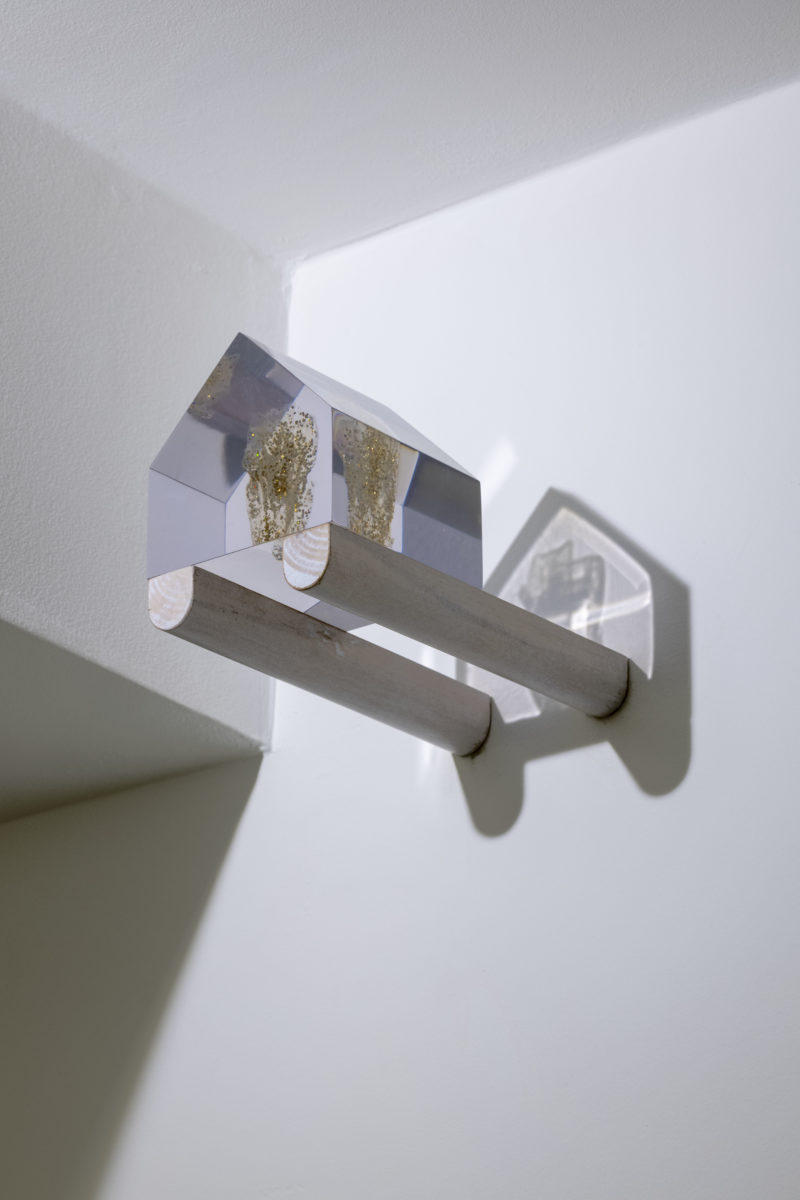
Manzil-Fatîl (House-Flame), 2022.
Photo © Tadzio
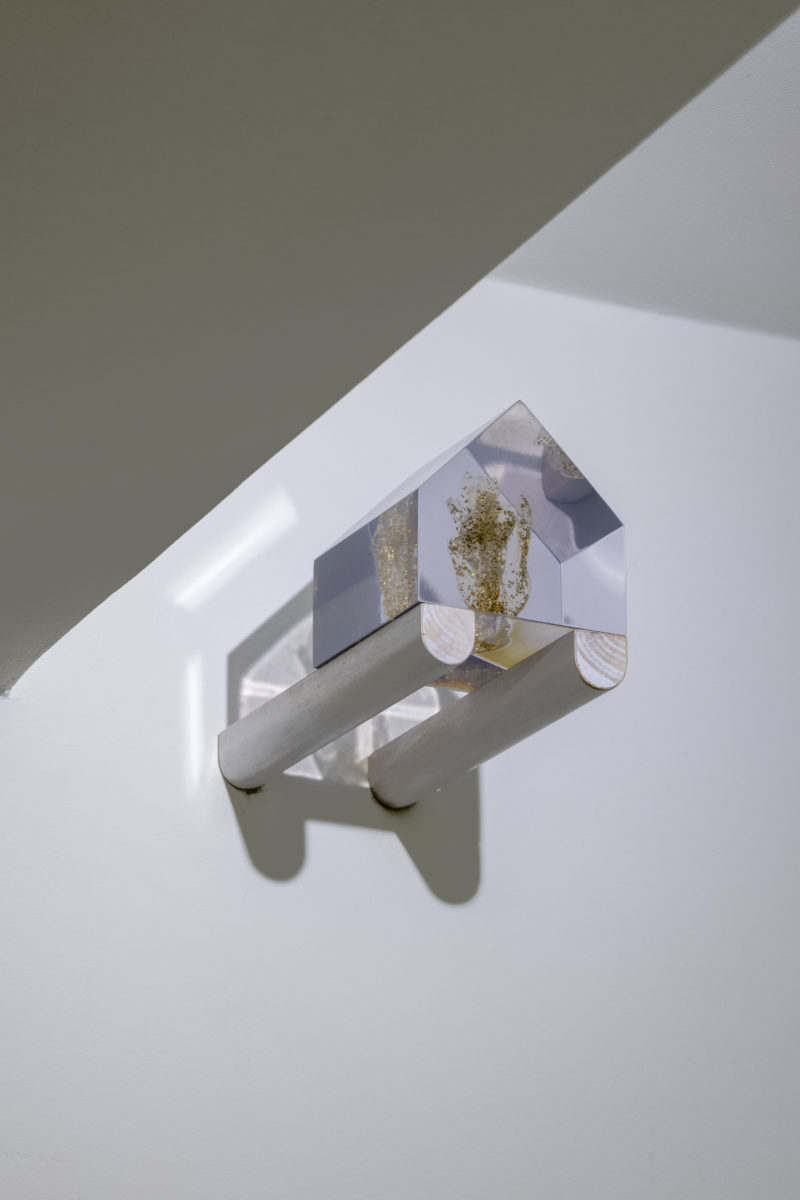
Manzil-Fatîl (House-Flame), 2022.
Photo © Tadzio
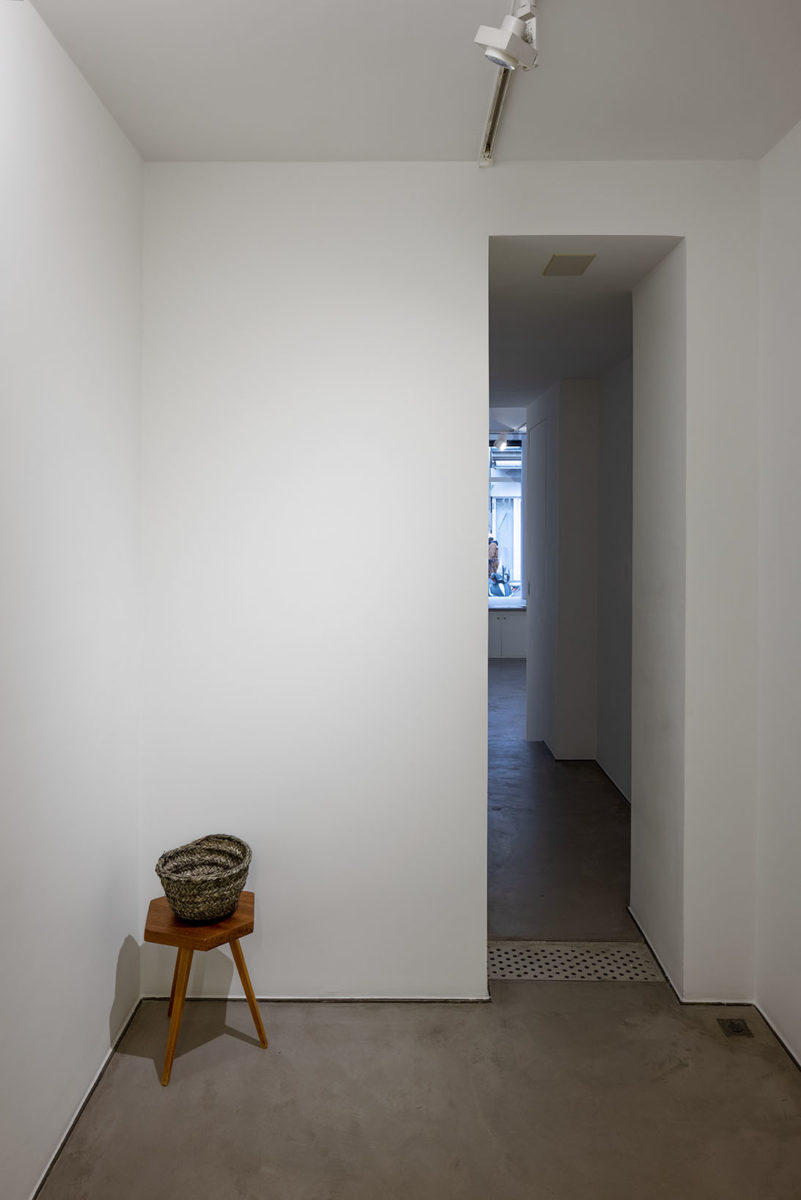
Hajar-Dahab (Stone-Gold), 2022.
Photo © Tadzio
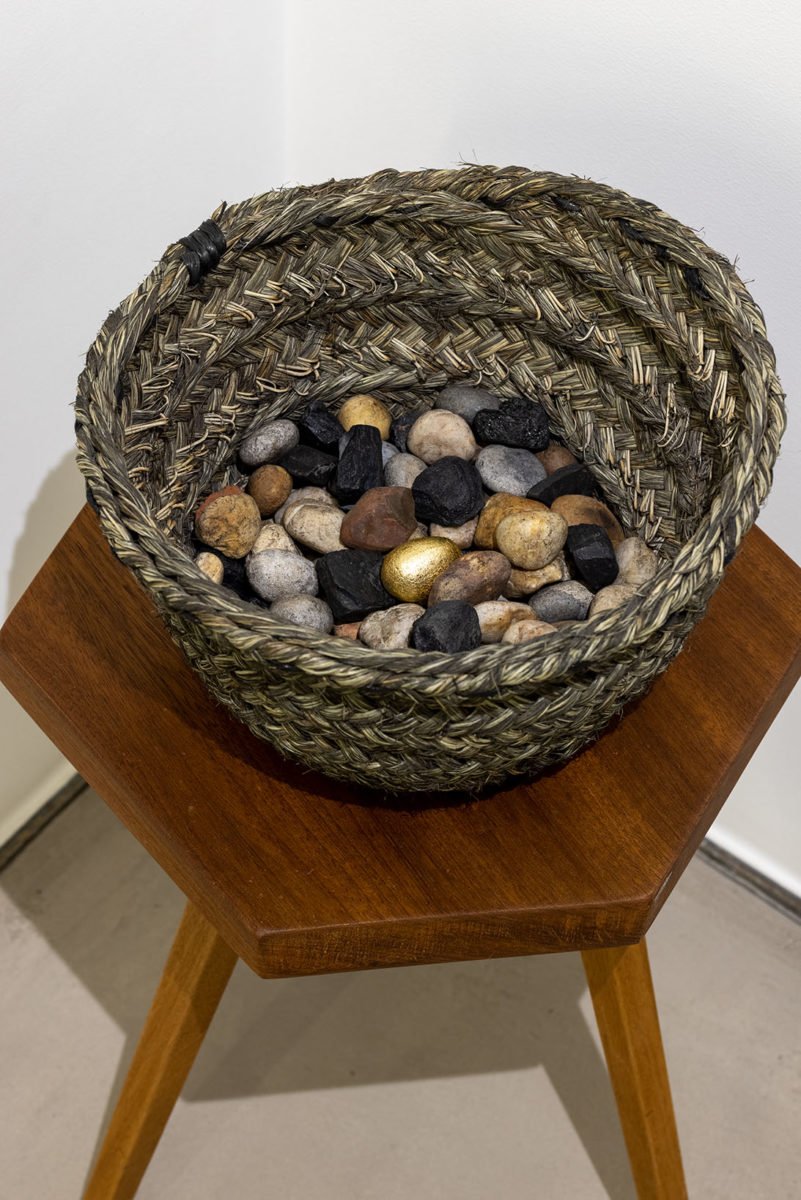
Hajar-Dahab (Stone-Gold), 2022.
Photo © Tadzio
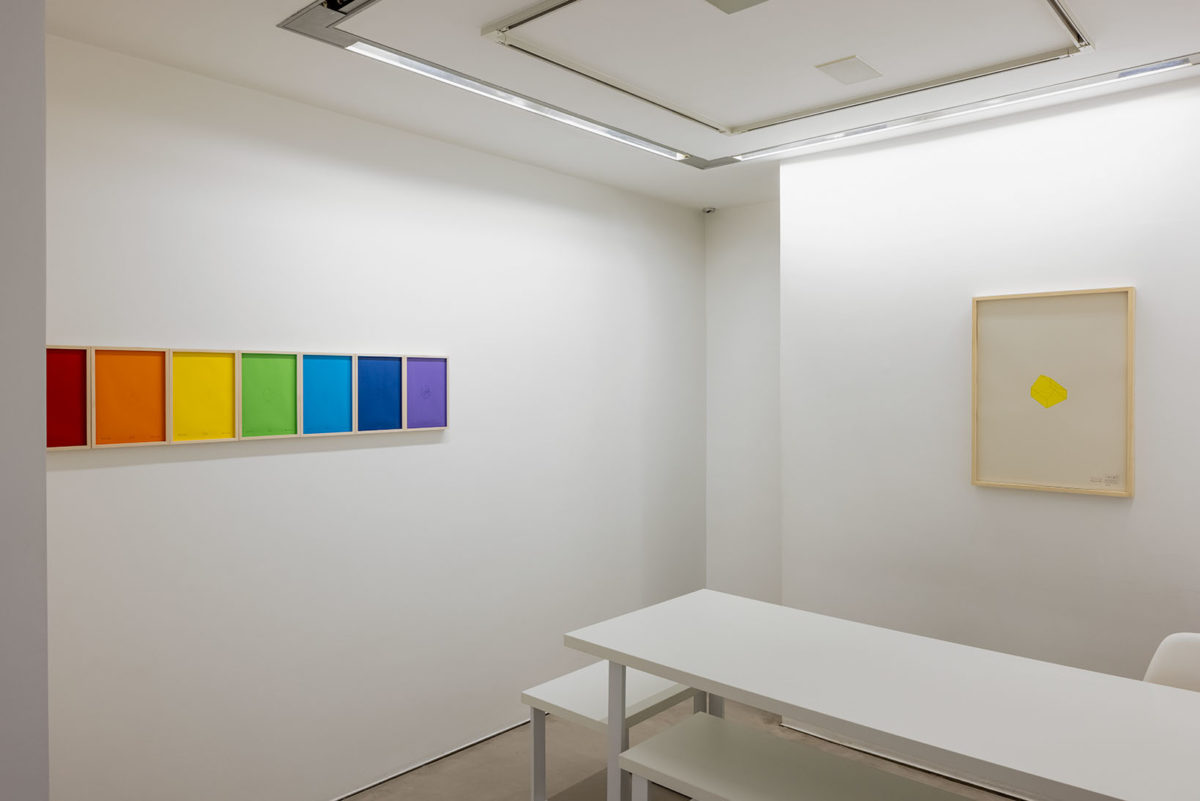
Tayf-Lawn (Spectrum-Color), 2022 and Manzil Min Nôr (House made of light), 2021.
Photo © Tadzio
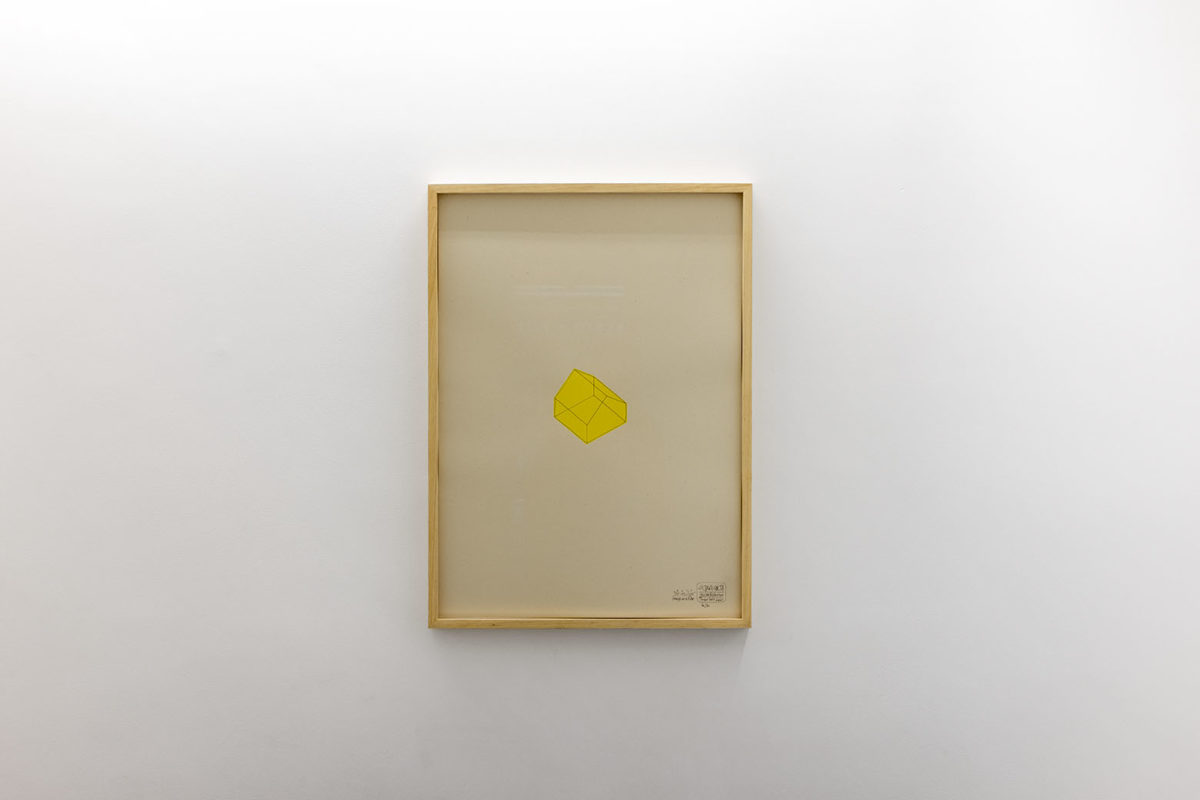
Manzil Min Nôr (House made of light), 2021.
Photo © Tadzio
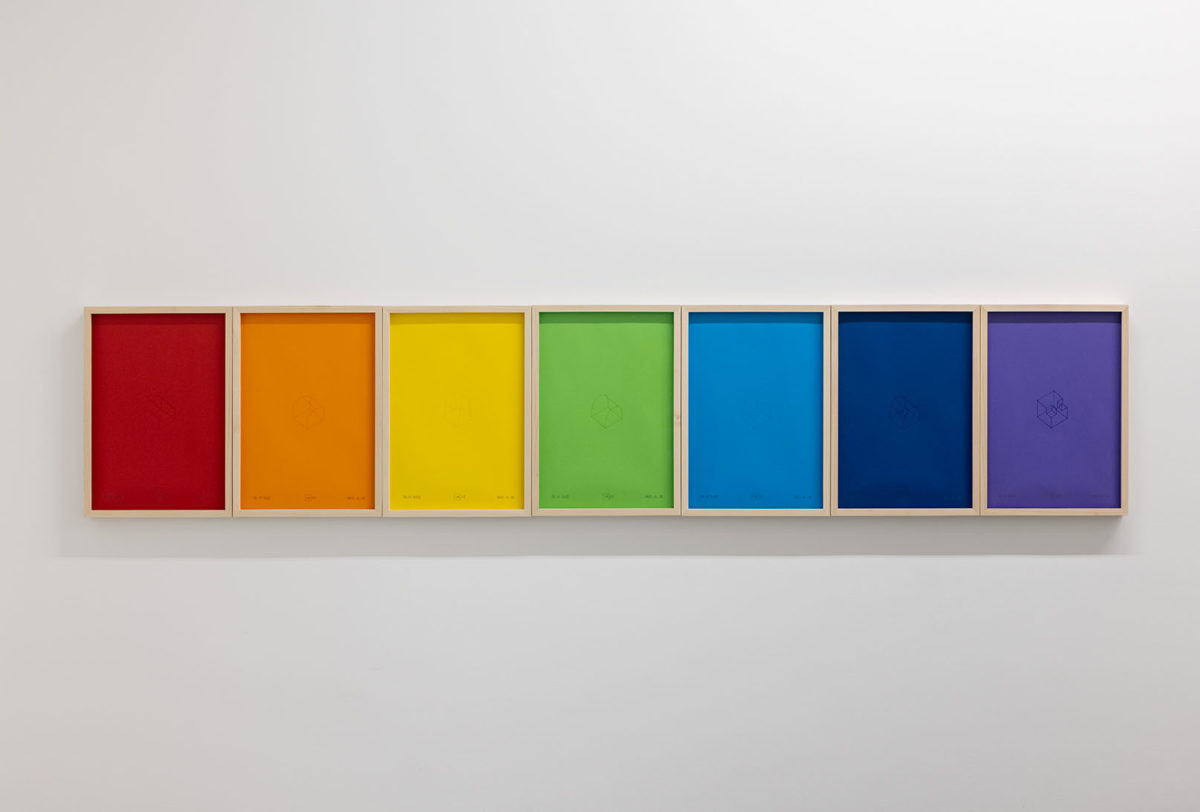
Tayf-Lawn (Spectrum-Color), 2022.
Photo © Tadzio
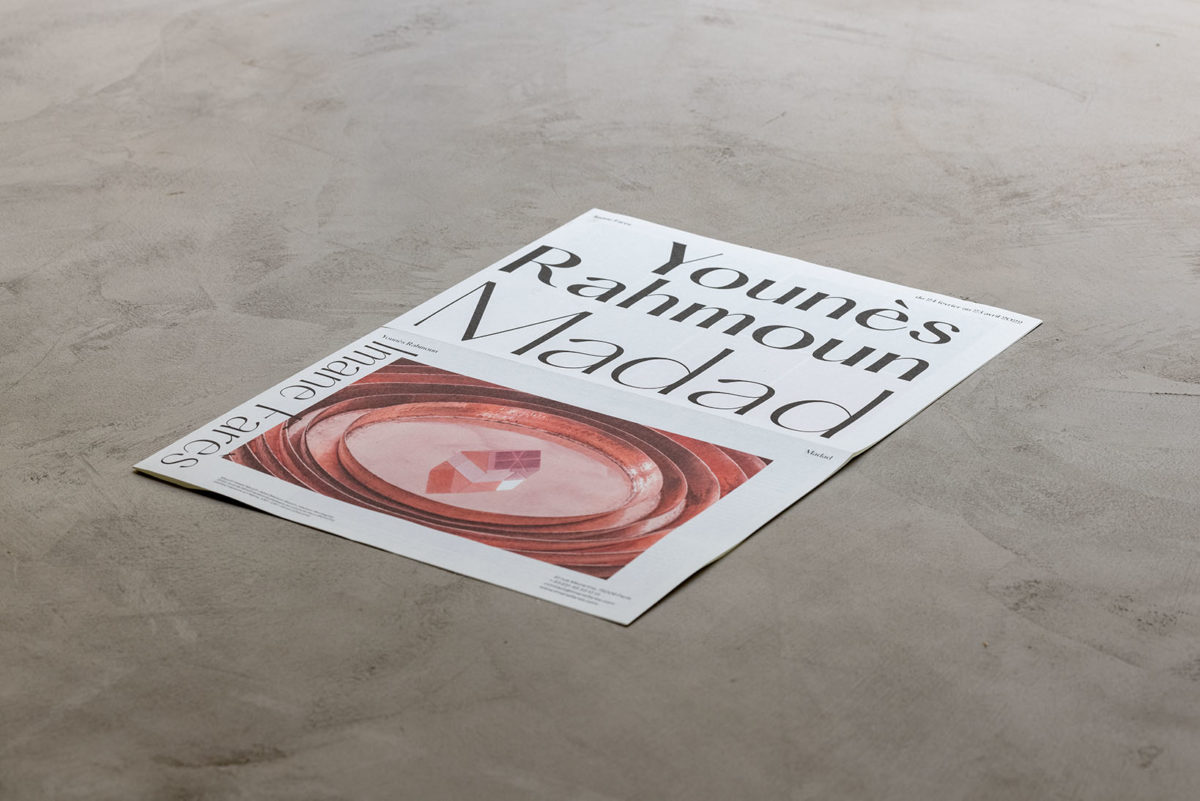
Journal of the exhibition.
Photo © Tadzio
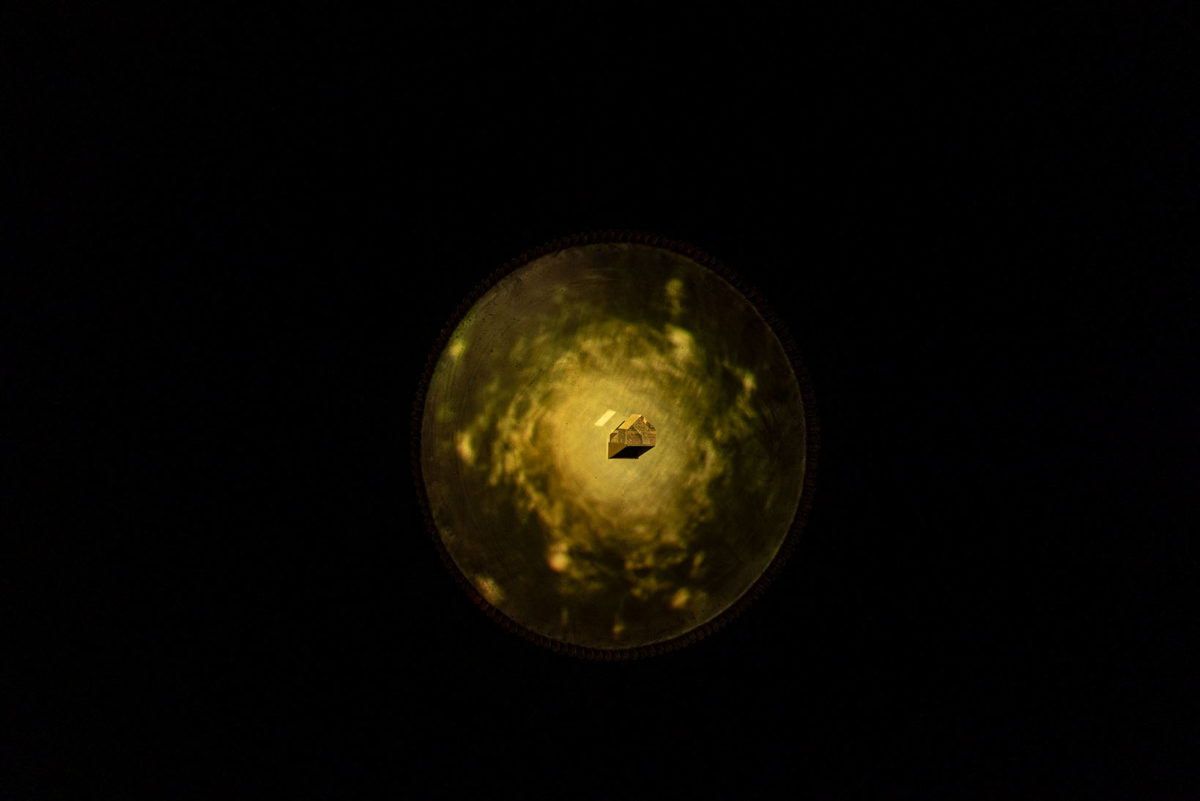
Nôr-Manzil-Nôr (Light-House-Light), 2022.
Photo © Tadzio
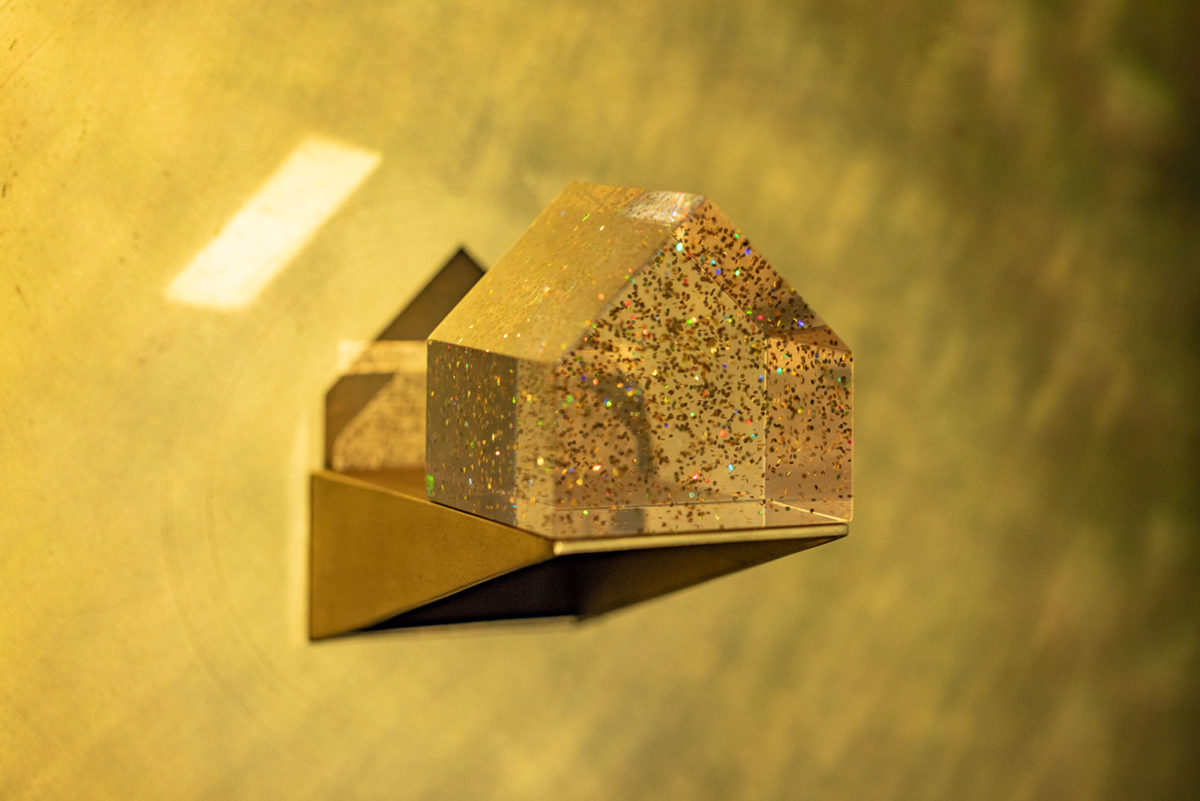
Nôr-Manzil-Nôr (Light-House-Light), 2022.
Photo © Tadzio
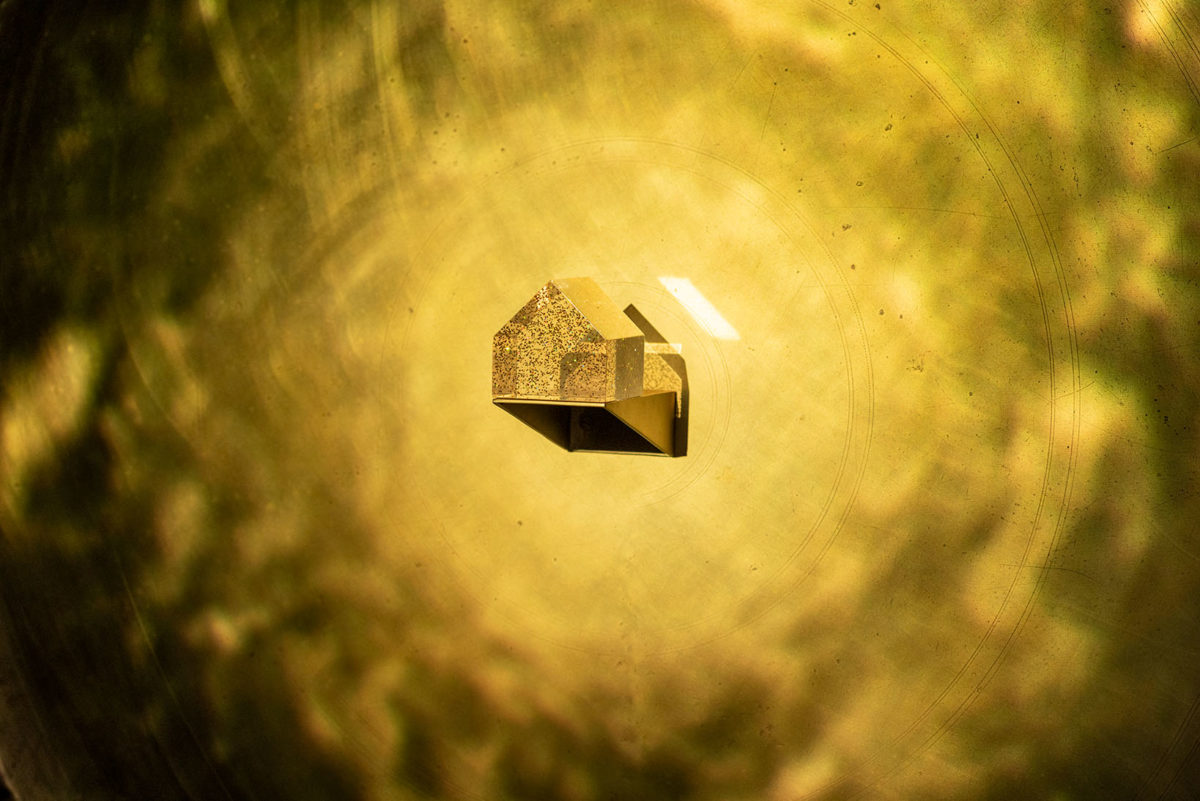
Nôr-Manzil-Nôr (Light-House-Light), 2022.
Photo © Tadzio
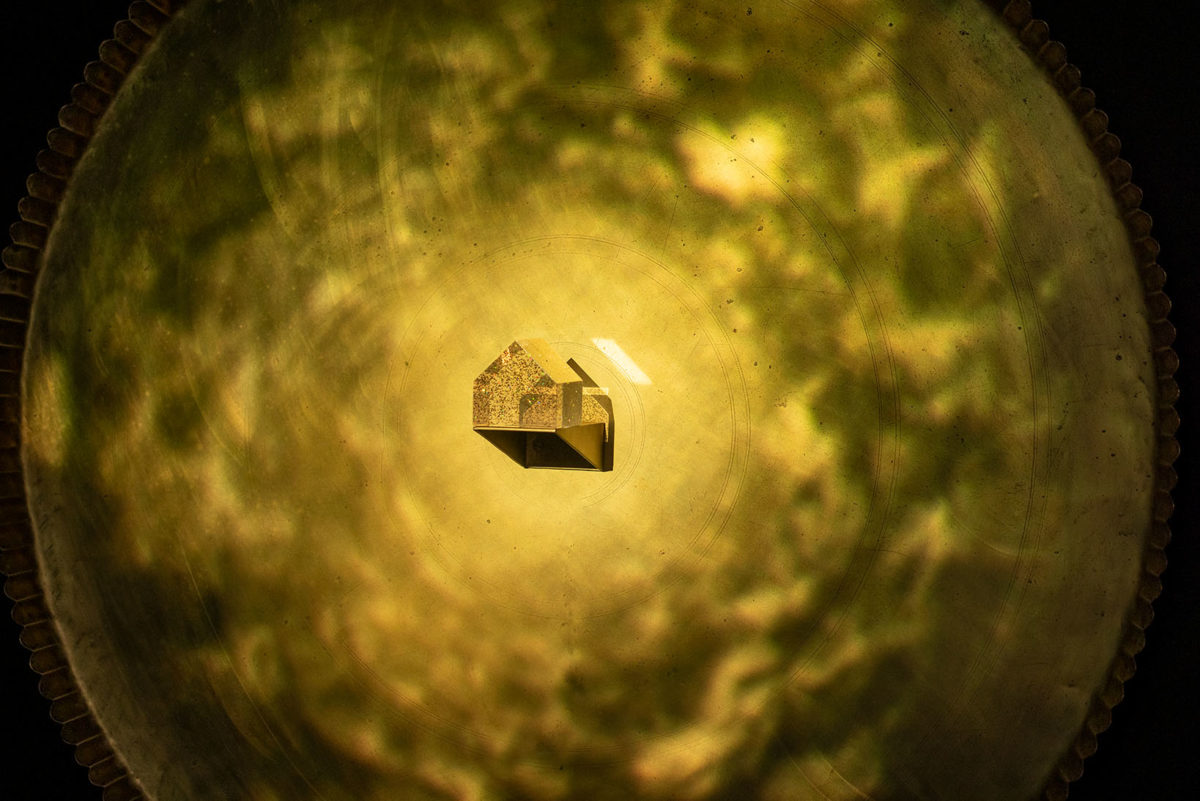
Nôr-Manzil-Nôr (Light-House-Light), 2022.
Photo © Tadzio
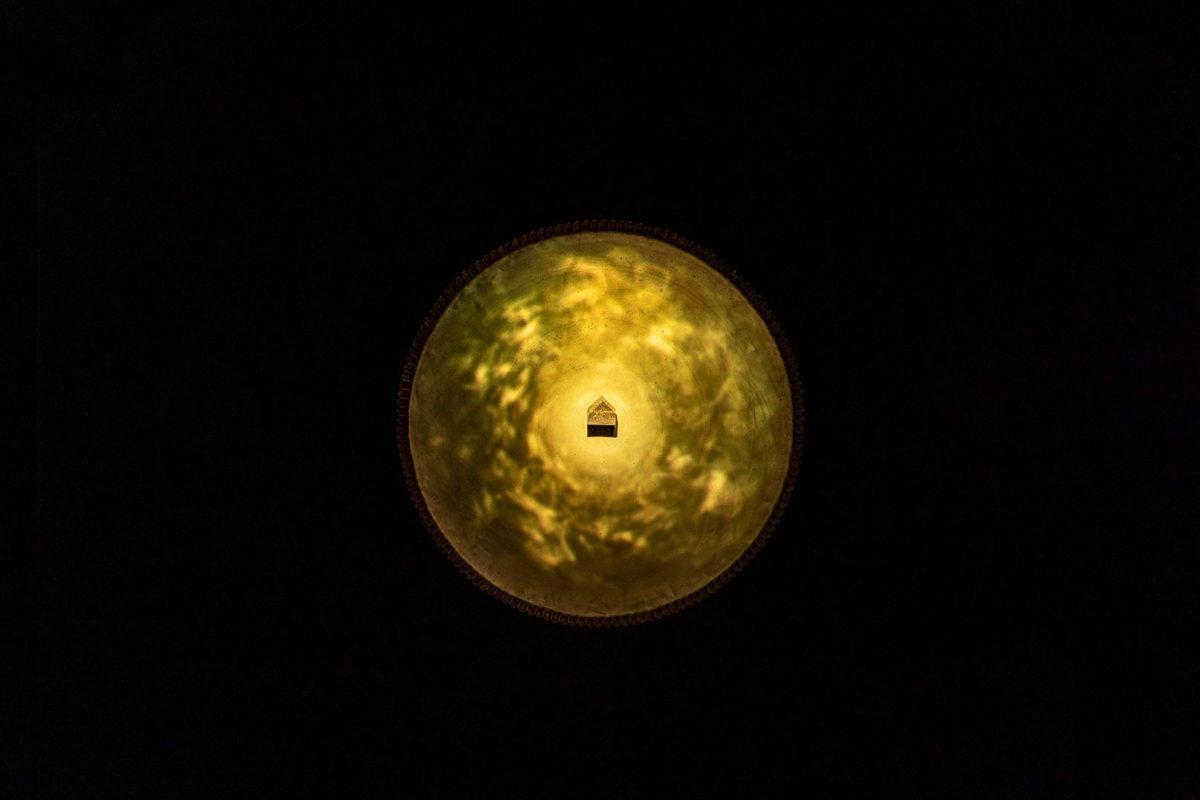
Nôr-Manzil-Nôr (Light-House-Light), 2022.
Photo © Tadzio
It would be tempting to say that Younès Rahmoun’s art is about traveling, that he is a pilgrim in a quest for the absolute who wanders with his feet on the ground and wisdom in his mind. Ever since the first drawings he made while living with his older brother in the family home of Tétouan, in Morocco, up until the new artworks and installations of this latest exhibition, he has been traveling in an infinite space, seeking transcendence. He patiently progresses through a mystical and artistic practice, keen to attain moments of grace and to foster such moments within the viewer. Each of Younès Rahmoun’s artworks and exhibitions is a new spiritual experience.
It all begins with the house. A recurring motif in his work, the house is first of all the family home where he had a tiny bedroom under the stairs, which he rapidly sublimed in his early artistic research. He first recreated this bedroom in life-size, in various places, thus composing a continuous project with the Ghorfa series. Today, the living space appears in the more generic form of the house as a reference point that connects the artist with his childhood. The house is a reassuring space where he retreats to meditate and recapture the lost serenity of the maternal womb. It is also a universal reference that opens his practice to dialogue and defines it as a practice of sharing. In the past few years, the house has taken a simpler form with material qualities that evoke spiritual values: it is often transparent, elevated and luminous.
Younès Rahmoun seeks to understand the world in its entirety and pays particular attention to organic and mineral life forms: the seed germinating in the ground, the house rooted in the soil, and the stone that crops out from it. He is guided by beliefs and references that are linked to his faith, but also by Sufi philosophy texts and Arab-Muslim architecture. Digits and number are thus recurrent in his work. They are often odd numbers, or arranged according to a logic of complementary pairs.
The three degrees of religion leading to purity are as many steps leading to the artwork Manzil (House), while the seven drawings that make up the series titled Tayf-Lawn (Spectrum-Color) and the seven plates surrounding a house in another sculpture titled Manzil refer to the seven vibrations and inhaling-exhaling movements from the inside (Al Batin, what is hidden) to the outside (Al Dahir, what can be seen). This sacred number also appears in the Madad-Tayf(Madad-Spectrum)1 installation, which is composed of 77 blown glass balls placed in 10 series according to a fixed order of 11, 13, 11, five, six, seven, seven, eight, three, six.
In this artwork, Younès Rahmoun symbolically links the sky and the earth through a series of balls colored with the seven colors of the spectrum: red, orange, yellow, green, blue, indigo, and purple. They appear in indefinite order, thus signifying some acceptance of randomness and imperfection. Madad-Tayf thus works metaphorically: the installation is the group in which everyone finds their place. It is an ensemble that can appear either as a downward or upward movement, symbolizing strength and stability.
Manzil-Hawd / Manzil-Jabal (House-Basin / House-Mountain). This installation is composed of two sculptures, each comprising seven copper plates of different size: in one, the plates are upside down and placed on top of one another, thus forming a ‘mountain’ on top of which sits a small house made of transparent resin; in the other one, the small house sits in the middle of seven imbricated bowls. Here, these hammered copper plates which are traditionally used for cooking are diverted from their domestic function and their physical properties are sublimed. A material commonly used in Moroccan handicraft, copper is also known as a powerful heat source, which guides and gathers our energies. For Younès Rahmoun, daily objects can often be powerful means for conveying emotions.
Among the colors and material that are recurrent in Younès Rahmoun’s work is the golden color, which is linked to the light of the flame. It is characterized by its preciousness: here, it covers the hidden side of Rida’-Sôf-Dahab (Cape-Wool-Gold) and is also hidden in Inâ’-Hajar (Vessel-Stone).
Another aspect of the artist’s work consists of actions and the manipulation of objects. Displacing stones is a practice that is rooted in his performances, which often appear as rituals. Stones are bodies, a terrestrial material as are water and human beings, and the artist manipulates them with the knowledge that in the universe, everything is in motion. He thus personally contributes to the perpetual circulation of things. On several occasions, he carried stones from his mother’s village, Bni Boufrah, to lay them in other places, just like people who go into exile in unknown countries and regions. On other occasions, he gathered stones in accumulations from which a golden stone emerges, that which carries the light.
Such movements are also immaterial and internal. He conceives them as toing and froing between values that are more complementary than opposed: up and down, inside and outside, the individual and the group, shadow and light, or simply inhaling and exhaling, which are part of the same process of breathing.
Here again, we see the traveling artist who walks on both sides of a mountain, one in the shadow and the other in the light, and who, against all expectations, admits that he likes being guided by intuition. He says that without it, he couldn’t approach purity.
—Sandrine Wymann, December 2021
[1] The singular Arabic word Madad is difficult to translate. It refers to a notion drawn from Sufism and is thus imbued with spirituality. It means a light that is anagogic, soft and delicate, which transcends the material state and is thus similar to the notion of aura. On the contrary, Tayf relates to something that can manifest in the physical world, the light spectrum.
Exhibition journal